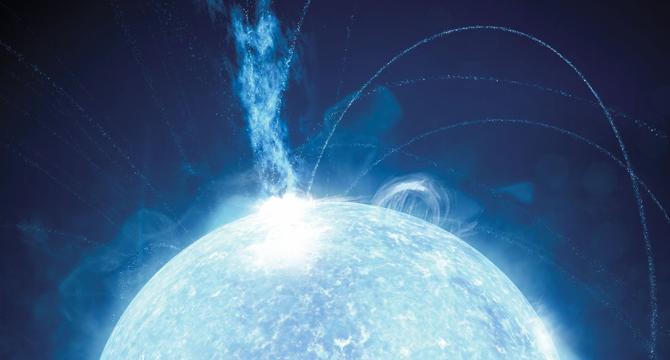Brighter Side of News
1M
217

Image Credit: Brighter Side of News
Neutron ‘starquake’ discovery could revolutionize nuclear physics
- Neutron stars hold the densest matter in the universe, offering insights into nuclear physics impossible to replicate on Earth.
- New research led by the University of Bath explores neutron star 'starquakes' as a tool for investigating extreme nuclear matter.
- Starquakes provide a means to test Chiral Effective Field Theory (χEFT) predictions in neutron stars, potentially reshaping nuclear physics understanding.
- By studying oscillations within neutron stars, scientists can probe nuclear matter behavior at extreme densities and test key theories like χEFT.
- Symmetry energy, crucial in neutron star properties, can be studied through neutron star vibrations, extending research into high-density regimes.
- Observing resonant shattering flares (RSFs) during starquakes offers insights into symmetry energy and fundamental nuclear properties inside neutron stars.
- Asteroseismology could revolutionize the understanding of nuclear matter, linking astronomy and nuclear physics through direct neutron star measurements.
- Improved nuclear physics knowledge from studying neutron star vibrations could benefit medical technology, national security, and nuclear energy advancements.
- Utilizing existing telescopes for asteroseismic research offers practical benefits, expanding nuclear physics tools without requiring expensive developments.
- Multi-messenger astronomy and expanding asteroseismology aim to map the nuclear equation of state across different density ranges, revealing fundamental forces at play.
Read Full Article
13 Likes
For uninterrupted reading, download the app